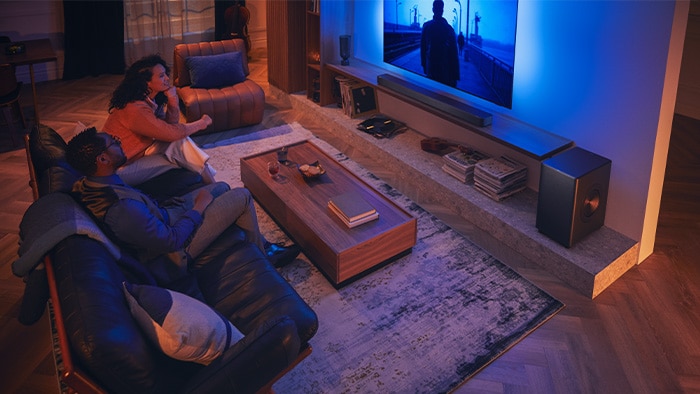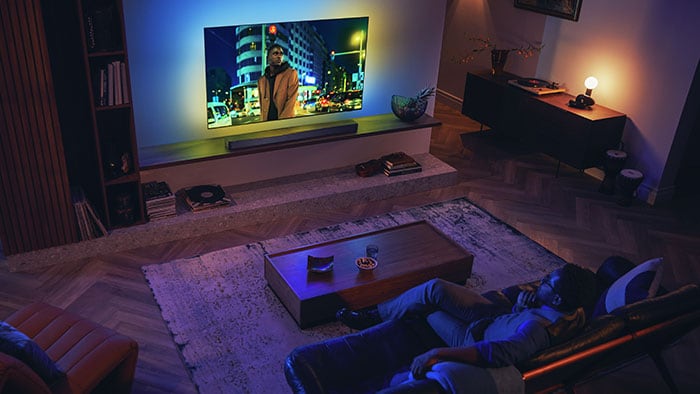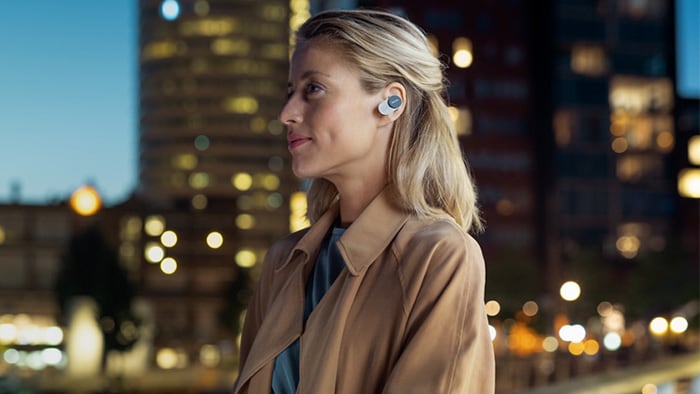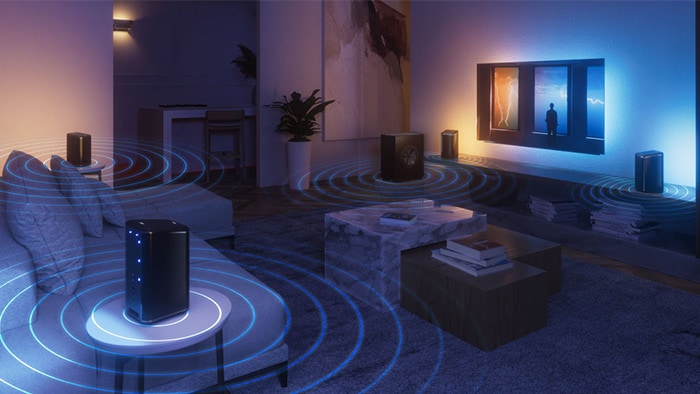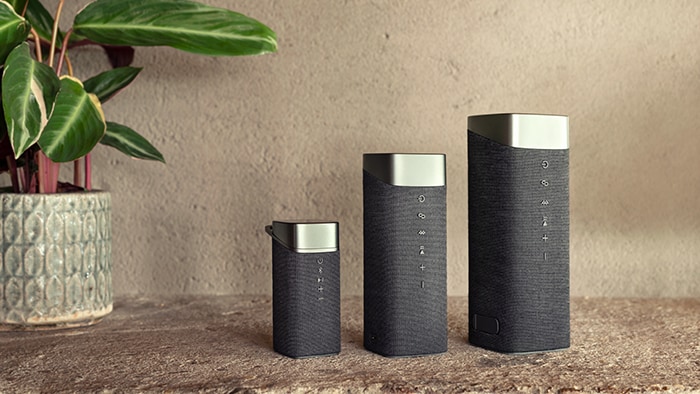Are Wi-Fi speakers better than Bluetooth?
If you’re looking for a new wireless speaker, your first step is to choose between speakers that connect to your devices via Bluetooth or Wi-Fi.
It sounds small. But how a pair of speakers works affects sound quality, portability, and range, as well as how tough they are and what smart features they’re loaded with.
Which one’s better depends on what you use them for. Wi-Fi speakers are generally better for at home. They’re smart, give you hi-res sound, and are great for pairing with your TV.
Bluetooth speakers, on the other hand, are robust and super-portable—ideal for when you’re out and about. We break it down, below.
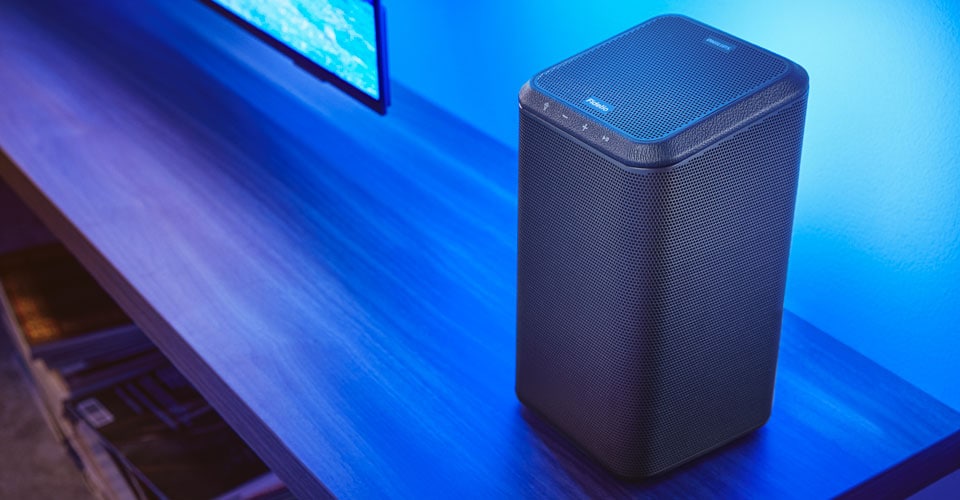
What’s the difference?
First, let’s define what they each mean.
Bluetooth speakers are speakers that connect to your devices via Bluetooth. They don’t connect to the internet.
Wi-Fi speakers connect over your home’s Wi-Fi network. They might, however, also support Bluetooth.
Confusingly, Wi-Fi speakers are also referred to as wireless speakers. We’ll keep calling them Wi-Fi speakers here to keep things clear.
How do they work?
Bluetooth speakers
Bluetooth speakers pair directly to your devices via Bluetooth. All the audio from that device comes through the speaker. That’s fine if you just want to listen to music. But it makes Bluetooth speakers less suitable for multitasking.
Some Bluetooth speakers support multipoint pairing, meaning you can connect to multiple devices at the same time. So, if you move from your tablet to your laptop, your sound should follow intelligently.

Wi-Fi speakers
Wi-Fi speakers connect to your devices over Wi-Fi. You choose your content—like a song on Spotify—and play it directly through your speakers.
Other sounds from your device won’t be played. So, if you get a notification, or want to watch a video or take a call while you’re listening, your music carries on, uninterrupted.
Wi-Fi speakers can connect to and can be controlled by other smart devices on the same network: phones, computers, tablets, even your TV. Some are even compatible with voice assistants, like Google Assistant, Alexa, and Siri.
Portability
Bluetooth speakers are ultra-portable. They’re often powered by a rechargeable battery and some, like the S7807, can even share their power with your devices.
Wi-Fi speakers, on the other hand, aren’t so easy to move about. They require a stable Wi-Fi connection and are often powered by the mains, so you’ll need to plug them into a wall.
That means Wi-Fi speakers are great for connecting wirelessly to sources that aren’t going to move too far, like your TV, or where you know you’ll always want sound—your living room, for example.
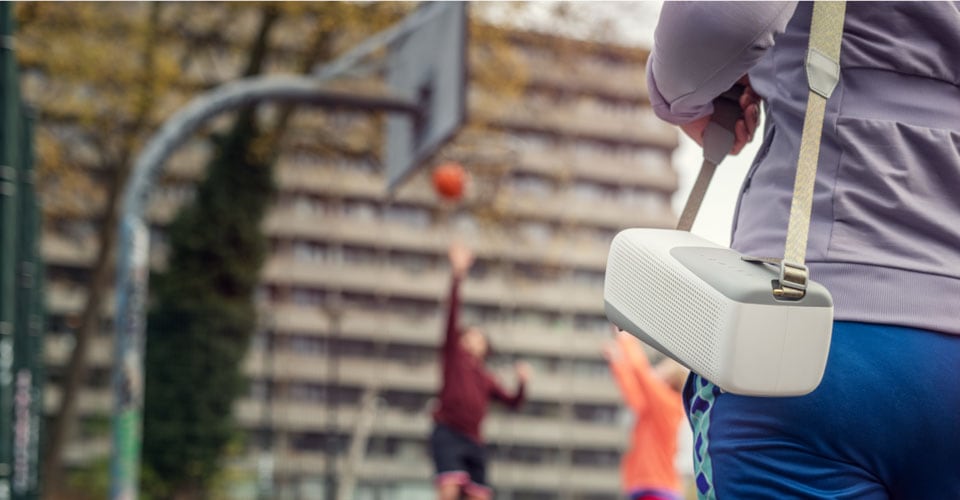
Range
Of the two, Bluetooth generally has a shorter range, often around 10-20m, and walls and furniture might reduce that further. So, Bluetooth speakers work best when your device is nearby.
Wi-Fi speakers work wherever there’s a good Wi-Fi connection. As long as both your speaker and device are connected to the same network, you’re good to go. That’s handy because it means you can place speakers in any room and control them from wherever you are.
If you want to switch rooms—say you’re playing music from your phone in the living room and want to head to the bathroom—you can take your phone with you without the sound cutting out.
Sound quality
Bluetooth speakers sound great. But, when playing over Bluetooth, audio data often gets compressed. In that process, some gets lost, meaning your content might not sound as crisp or clear as it might over Wi-Fi.
Wi-Fi’s higher bandwidth means you can listen in high resolution, up to 24-bit/192kHz. Wi-Fi is also less susceptible to dropout and to lag. That’s especially important if you’re watching TV, where you want the sound to keep up with the action.
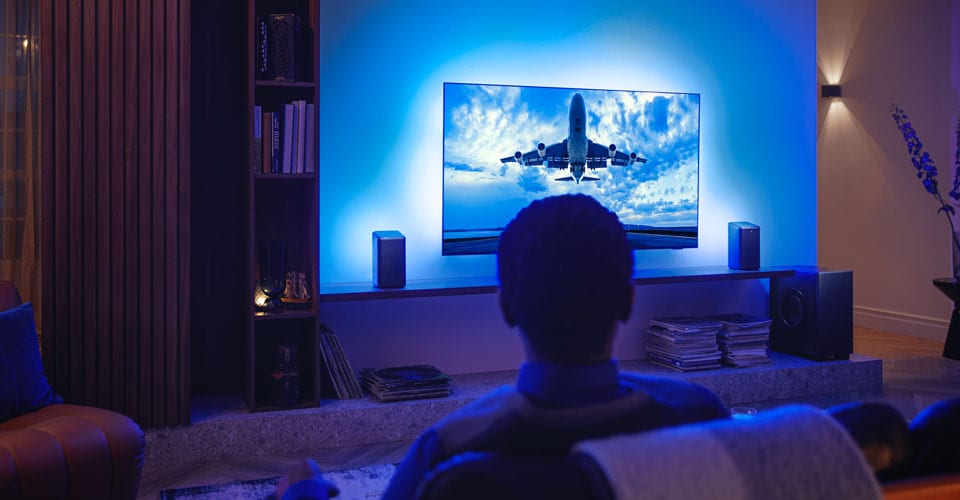
Expanding your sound
Both Wi-Fi and Bluetooth speakers can connect with other speakers if you’re looking to expand.
Some Bluetooth speakers, like the GO 7807, pair in stereo, giving you more power and a better sense of where the sounds and instruments are in the space around you. Others, like the X7207 party speakers, let you pair up to 50 speakers, creating a wall of sound and colourful light.
You can also connect Wi-Fi speakers on the same network to each other. That’s interesting if you want to build wireless surround sound for your TV.
One way this could work is by placing Wi-Fi speakers, like the W6205, on either side of your TV as left and right channels. You could then add a further two behind the couch, for surround sound. We explain this in more detail in our article on building your home cinema.
Something else Wi-Fi speakers can be used for is multi-room. This is where you have speakers set up in different rooms around your home. You can stream to them separately or together, in any combination. You can even bring your TV into the action and keep up with the match commentary as you’re doing the dishes or brewing a cup of tea.
Design & Build
Bluetooth speakers are made to move. Generally, they’re built more robust, with dust & water resistance.
The GO 7807 speakers, for example, come with an IP67 rating, meaning they’re dust tight and can withstand being submerged in 1m of water for up to 30 minutes. Since they’re designed for sports, they also feature a rubberised coating for better grip if things get sweaty.
That doesn’t mean that Wi-Fi speakers aren’t sturdy. They’re just not made to be stuffed into a rucksack. Rather, they’re designed to fit beautifully in your home.
As part of the Ambilight TV Surround family, Philips wireless speakers like the Fidelio FS1 also feature built-in LEDs that sync to the colours on your Ambilight TV and extend the effect through the whole room.
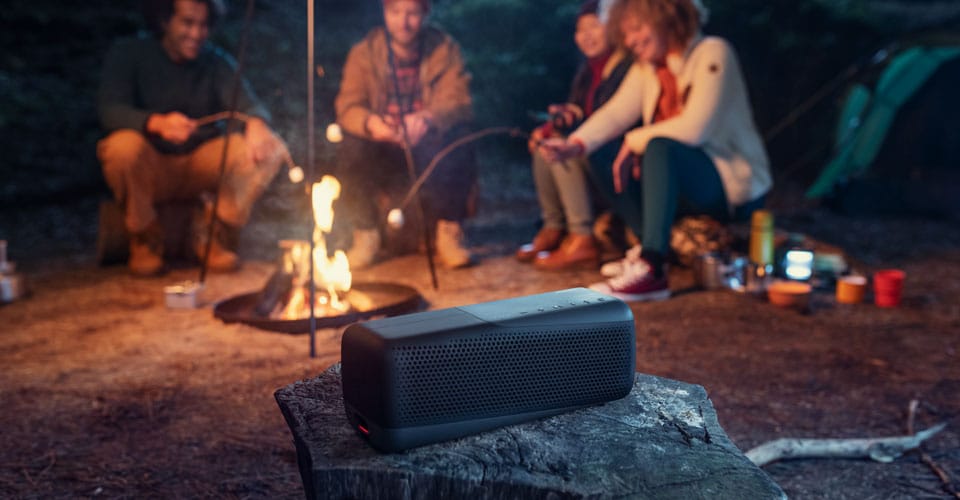
Final thoughts
When it comes to choosing between Wi-Fi and Bluetooth speakers, remember that neither’s better per se. Or rather, they both are, depending on what you need them for.
If you’re looking for a pair of speakers for at home, that you’re going to put in a room and plug in, maybe hook up to your TV—and want to enjoy the best sound quality, smart features, and discreet design, then Wi-Fi speakers are for you.
On the other hand, if you’re after a pair of indestructible, water-resistant, dust-proof, ultra-portable speakers to take with you to the park, the beach, or parties, go for Bluetooth instead.
-
Fidelio
Wireless speaker
TAFS1/37
- Philips Wireless Home System
- 120W max
- Works with Ambilight TVs
- Sustainable Muirhead leather
-
Wireless speaker
TAS7807B/00
- IP67 dust/water protection
- Big sound
- Built-in mic for calls
- Up to 24 hours of music
-
Bluetooth party speaker
TAX7207/37
- 360° party light
- Wireless party link
- Rechargeable battery
- 80 W RMS. 160 W max output



